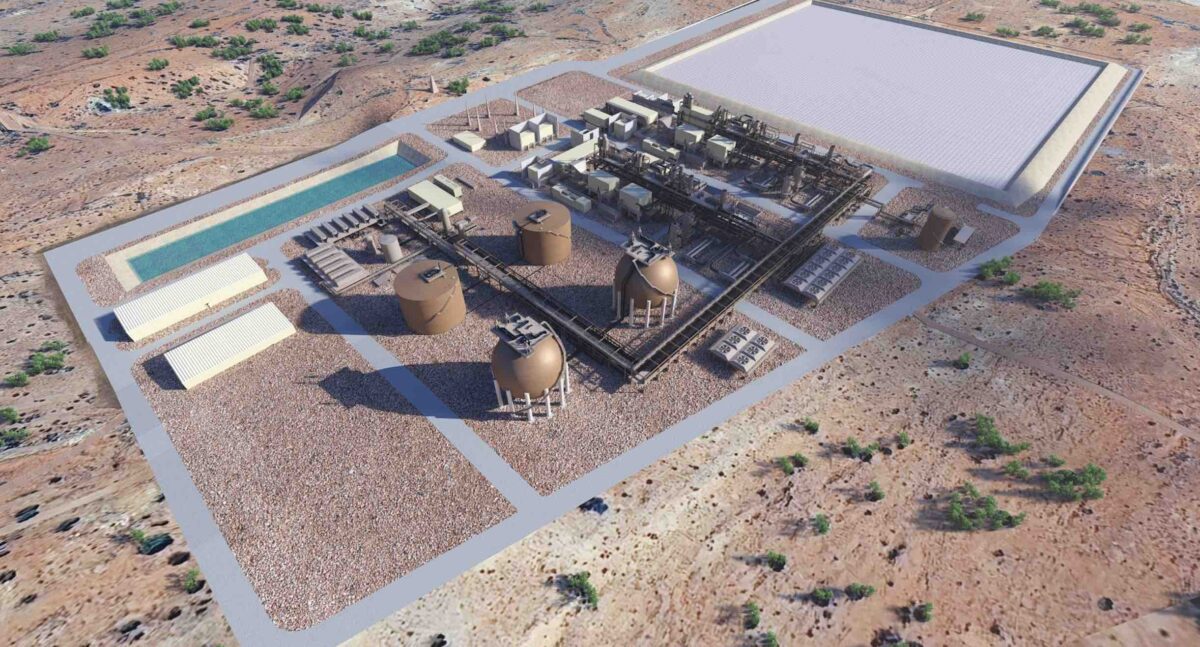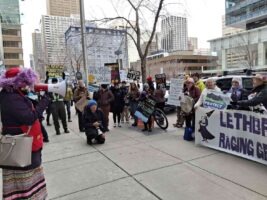Australia is transforming its entire energy system and hurtling towards its net-zero 2050 targets, a feat that only 10 years ago many thought would take generations to achieve.
Our goal of 82 per cent renewable energy in the National Electricity Market by 2030 looks more than achievable, and we should applaud the incentives the government has used to deploy more wind and solar power.
However, our energy transition plan still fails to properly address a critical question – what happens when the sun isn’t shining, and the wind isn’t blowing?
The truth is that while we continue to deploy record renewables on the grid, we are equally in need of effective means to store this energy for use during longer periods of low renewable output, such as overnight.
To ensure that we meet net-zero targets while guaranteeing reliability, we need to prioritise long-duration energy storage (LDES) through viable projects that are ready to be developed now. This is the only way we can eliminate fossil fuels, firm our grid, keep the lights on, and keep prices affordable.
Simply put, the choice between renewables and reliability is a false one and, with the correct planning and market signals, Australia can have the best of both worlds: clean energy and reliability. However, the path cannot be paved by extended reliance on fossil fuels.
Hydrostor is currently developing the Silver City Project in Broken Hill using its long duration Advanced Compressed Air Energy Storage technology (A-CAES). Silver City, which aims to be operational by 2027, will discharge 1,600 megawatt hours (MWh) of electricity, capable of delivering 8-plus hours of back-up power.
The project has been awarded a Long-Term Energy Service Agreement (LTESA) by the NSW Government and AEMO Services, and has been selected by Transgrid as the preferred provider of backup power to the region.
But despite the clear need for long duration technologies in our energy mix, Silver City is one of only a handful of LDES projects being developed nationally.
To attract more LDES, Australia must provide the right market incentives – as we’ve already done for variable renewable energy technologies like wind and solar – while also ensuring they can advance quickly through the development process.
One of the key mechanisms for doing this is the Capacity Investment Scheme (CIS). It has the potential to be a game changer in the transition, attracting investment into a mix of generation and dispatchable capacity that can decarbonise our electricity system and ensure reliability.
Over the last six months of ongoing formal and informal consultation on the design and proposed delivery of the CIS, the priority of the scheme has been to achieve Australia’s emissions reductions targets, incentivising investment in the delivery of 32GW of new capacity by 2030.
While this is a critical measure to reach our renewable goals, we also have an opportunity to think about how we can ensure we’re getting the most out of the renewables we’ll be adding to the grid.
One of the key concerns which has been voiced in the media is the additional financial risks to Australian taxpayers by bringing a lot more renewable energy online – due to the increased likelihood of wholesale energy prices falling below zero and increase of curtailment.
This occurs when there is excess power in the system without enough demand to balance it out. Bringing LDES online will soak up this excess solar and wind, balancing wholesale energy prices, reducing curtailment of wind and solar, and storing the energy for when it is needed. This balancing effect in turn reduces the financial risk exposure of the CIS revenue guarantee for clean energy developers.
The CIS does contemplate the significance of LDES, but because of the 2030 deadline for projects it invests in to come online, the impact of that recognition is severely limited.
Instead, the CIS should allow contracting for LDES facilities by 2030, while also recognising that for these technologies, in-service dates will be determined by development timelines.
In addition to this timing constraint, the CIS has yet to offer a comprehensive assessment of the value derived from an 8-plus hour project (capable of providing power overnight), compared to a four-hour project.
To attract long-duration projects into the CIS, it must explicitly define the value of projects offering 8+hours of dispatchable capacity, or hold separate tenders for long-duration capacity in the near term.
Further to this, by sending the necessary market signals now to encourage investment in urgently required LDES solutions, we’ll save ourselves from a lot of pain – and potentially blackouts – later. By providing direct support incentives through subsidies, grants, revenue guarantees (the CIS) with a view toward longer-term market reform, we can support firming projects that guarantee energy reliability.
AEMO’s Integrated System Plan (ISP) released in 2022, details the urgent need for diverse firming resources, including energy storage of varying durations, highlighting the need for early investment in LDES to reduce risk, due to the uncertainty of coal plant decommissioning dates.
This is particularly critical given the long lead time for permitting and construction required for many types of LDES resources to ensure the lowest cost outcomes for customers.
The uncertainty of getting enough LDES in the system has now been reflected in AEMO’s Draft 2024 ISP, where it forecasts a significant increase in peaking gas-generation to cover for the times of low renewable generation.
In short, if we don’t build new energy storage, and put in place incentives to do it this decade, that will mean an increased reliance on gas – not only is this not aligned with a low carbon economy, it also doesn’t assist in the downward pressure on energy market prices during peak solar and wind generation, or the current level of curtailment from existing solar and wind.
LDES has a key role to play in an energy system increasingly dependent on variable renewable energy, as it provides dispatchability, reliability, diversity, and essential system services.
The current structure of the market isn’t designed for this transition, and so we must use the CIS to provide clearer criteria and specific procurement targets for LDES to ensure the lowest cost outcomes for grid reliability, aiming to get as much renewable power onto the grid as possible and guaranteeing price and power reliability to every home by storing this power effectively.
It is no secret that we are in a race against the clock to decarbonise and transform our energy mix, but it should not come at the cost of well executed planning. The intermittency challenges presented by renewables are surmountable, and we know exactly how to address them – so let’s do it.
Sara Taylor is director of regulatory and government affairs at Hydrostor








